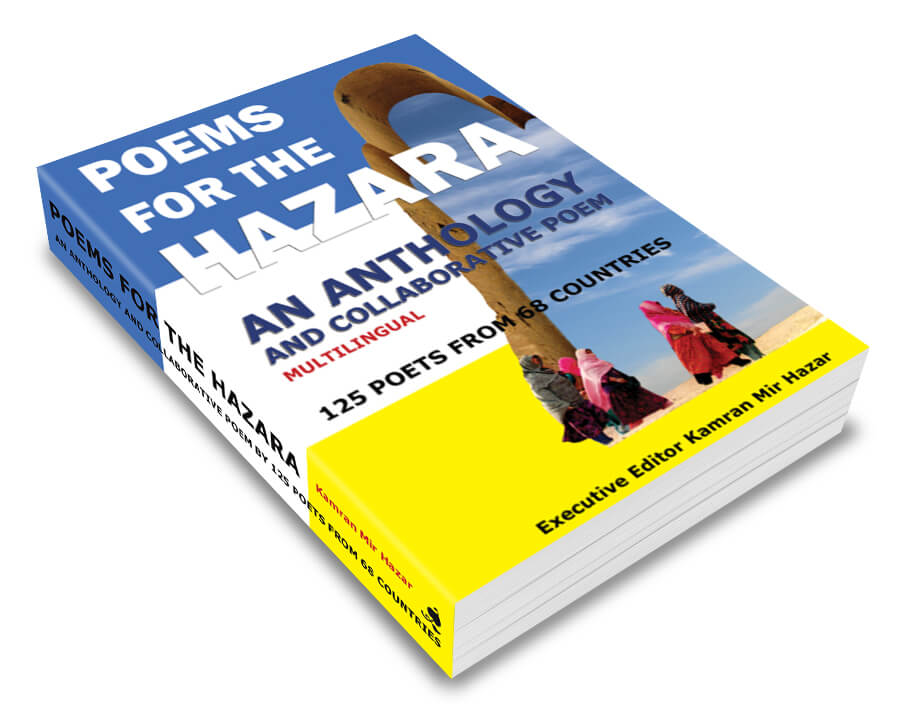
Building Afghanistan into Ruin
USAID fails to study the past in order to solve modern problems
Reading time: (Number of words: )
USAID’s road and building construction efforts in Afghanistan continue to be so mismanaged that one could argue that USAID officials are providing aid and comfort to the enemy. The evidence for this harsh assessment comes from a seemingly endless series of audit reports that have revealed cheap, shoddily designed and poorly constructed projects. Many contractors continue to operate without any on-site supervision. Instead of being in the field supervising their projects, USAID officials refuse to leave the comfort of their offices in Kabul. Their excuse is that it is too dangerous to venture into the countryside. The Afghan countryside is safe enough for Afghans, for contractors and for U.S. troops, but not for USAID officials.
Once completed and turned over to the host country, the USAID projects almost immediately begin to decay as Afghanistan lacks the resources and skilled personnel to maintain these costly, modern structures. As a result most roadways are falling apart before they are even finished. Just one example was detailed by Alissa J. Rubin and James Risen of The New York Times, in their May 1, 2011 article: “Troubled Roadway.” They discovered that “the Gardez-Khost Highway is over budget and far from complete. Finished stretches are already falling apart and remain treacherous.” The same could be said for many of the school and other buildings the U.S. has constructed. Some schools have been declared completed even though they would be condemned if they were presented for use by American schoolchildren. To add insult to injury, huge bribes continue to be paid to the Taliban so that all this can continue. This situation is perfect for the Taliban because it is being paid not to interfere with projects that are so decrepit and counterproductive that it would not have interfered anyway.
USAID’s response to debacle after debacle has been first to ignore the problems, opting instead to herald nothing but progress. If pressed, USAID spokesmen recite the familiar bureaucratic refrain that the agency needs more resources. The problem is not a lack of resources but a failure in leadership, skill and creativity.
For some of USAID’s Afghan problems, the solutions lie in the past with old, but tried and true remedies; however USAID runs on press releases and the agency snobbishly feels that all its projects must at least appear to be state of the art. To agency political appointees, using Afghan aid on 50 or 100 year old designs is not acceptable, even though those designs include the brilliant “macadam” roads from the 1800s, and the wonderfully efficient World War II vintage Quonson Huts.

In 1816, a Scottish engineer named John Loudon McAdam oversaw the construction of a section of the Bristol Turnpike using his new invention. McAdam’s pioneered the science of mixed aggregates. After grading the route at a sufficient elevation to ensure proper drainage, he built his turnpike with only a three-inch rise from shoulder to center point. The key to the success of the road was his use of three-inch (75 millimeters) aggregate for the road base, covered by a 0.79 inch (20 millimeters) surface crust. This was one of the first scientifically engineered gravel roads. McAdam used broken angular stones, which when compressed, pushed into each other like pieces of a jigsaw puzzle. This process became known simply as “Macadam” roads. Later inventors would add sand and fines in order to improve the upper road surface’s adhesion, and still later coal tar was added as a binder to create “tar macadam” or Tarmac. These original concepts remain valid today. In fact, one of the latest forms of modern asphalt highways is known as “superpave.” It is based on a reanalysis of the original macadam concept.
One or more versions of the original macadam roads would have been ideal for Afghanistan, but they were apparently all rejected by USAID. USAID also rejected constructing Afghanistan’s roads with poured concrete, which was used to construct the Interstate Highway System in the United States. USAID instead selected the worse possible alternative, a cheap version of the modern asphalt roadway. We know they are cheap because most USAID roads in Afghanistan have reportedly been built for about $500,000 per kilometer, which is a fraction of the cost of building a quality roadway in the United States. Corners can be cut by eliminating grading and drainage; using low quality and poorly mixed aggregates and cutting back on the quality and thickness of the asphalt base layer and top coat. Amazingly, USAID reportedly waived all performance warranties from its road contractors. The USAID emphasis has been on quantity over quality. Even if adequate funding had been provided, modern asphalt concrete roadways are complex to construct, impossible to oversee from long distance, and they require constant maintenance and costly resurfacing, all of which are beyond the means of the present Afghan government.
The result of all this is manufactured decay. Afghanistan’s ring road and its provincial connector road system are collapsing even before they are completed. USAID is seemingly unconcerned because it obtained what it wanted, which was to tout that it completed thousands of kilometers of roads. Incredibly the war effort takes a distant second place as nothing trumps the value of a press release filled with dubious metrics.

In this July 2009 photograph, an Afghan construction crew works on a planned 17.5-mile road in Ghazni province, Afghanistan, funded by the U.S. government. After three years and $4 million, only two-thirds of a mile was paved, and U.S. officials terminated the contract in October 2011.
By SHASHANK BENGALI, McClatchy Newspapers, Published: November 11, 2011.

Poems for the Hazara
The Anthology of 125 Internationally Recognized Poets From 68 Countries Dedicated to the Hazara
Order Now












Forum posts
23 June 2012, 12:28, by Red Bottom Shoes
I really wish I hadn’t seen this as I really want one now!Thank you for this article. That’s all I can say. You most definitely have made this blog into something special. You clearly know what you are doing, you’ve covered so many bases.Thanks!
http://www.discountchristianlo...
http://www.i-oakleysunglassescheap.com
View online : http://www.redbottomsoleshoesheels-s.com